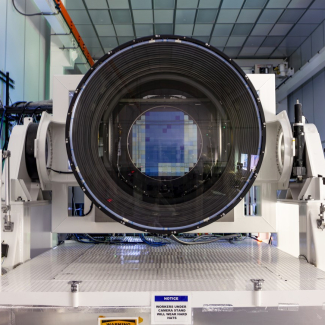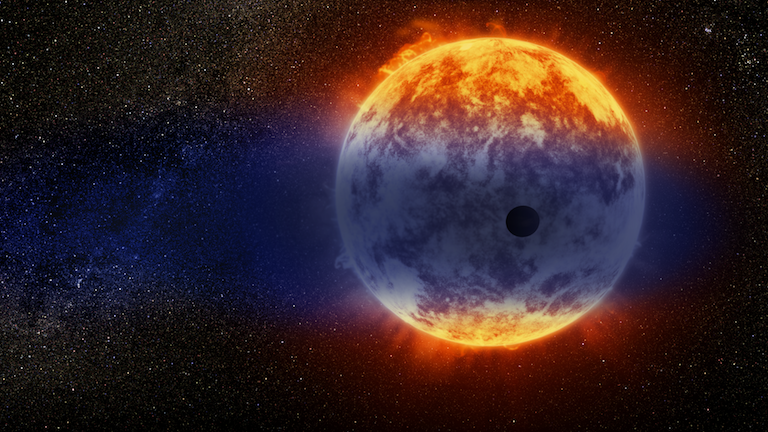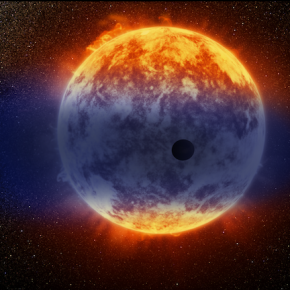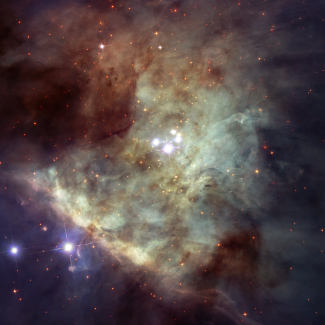
Discovery of a gaseous exoplanet in the process of "boiling away"
Using NASA's Hubble Space Telescope, astronomers have recently discovered a gas giant that has already lost more than a third of its mass since its birth. Exoplanet GJ 3470b is losing matter at an extremely high rate due to the proximity of its star, which is heating up and accelerating the gas in the planet’s atmosphere, causing it to escape since the planet is not massive enough to retain it. The work, which involved CNRS researchers from the Institut d'Astrophysique de Paris (CNRS/Sorbonne University) and the Groupe de Spectrométrie Moléculaire et Atmosphérique (CNRS/Université de Reims Champagne-Ardenne), enables us to better understand why so-called hot Neptunes, gas giants of a similar size to Neptune that orbit very close to their stars, are so rare. In fact, most of the exoplanets orbiting close to their stars observed by astronomers are either Jupiter-sized gas giants or rocky planets barely larger than Earth. Hot Neptunes are thought to be too close to their star and insufficiently massive to retain their gaseous envelope, which will thus eventually be totally lost. As a result, all that will remain of GJ 3470b in a few billion years may well be just its rocky core. The findings are published in the journal Astronomy & Astrophysics on 13 December 2018.

© NASA/ESA/A.Feild (STScI)
Hubble PanCET: An extended upper atmosphere of neutralhydrogen around the warm Neptune GJ 3470b. V. Bourrier, A. Lecavelier des Etangs, D. Ehrenreich, J. Sanz-Forcada, R. Allart, G.E. Ballester, L.A. Buchhave, O. Cohen, D. Deming, T. Evans, A. Garcia Munoz, G.W. Henry, T. Kataria, P. Lavvas, N. Lewis, M. Lopez-Morales, M. Marley, D.K. Sing and H.R.Wakeford. Astronomy & Astrophysics, December 13, 2018.


